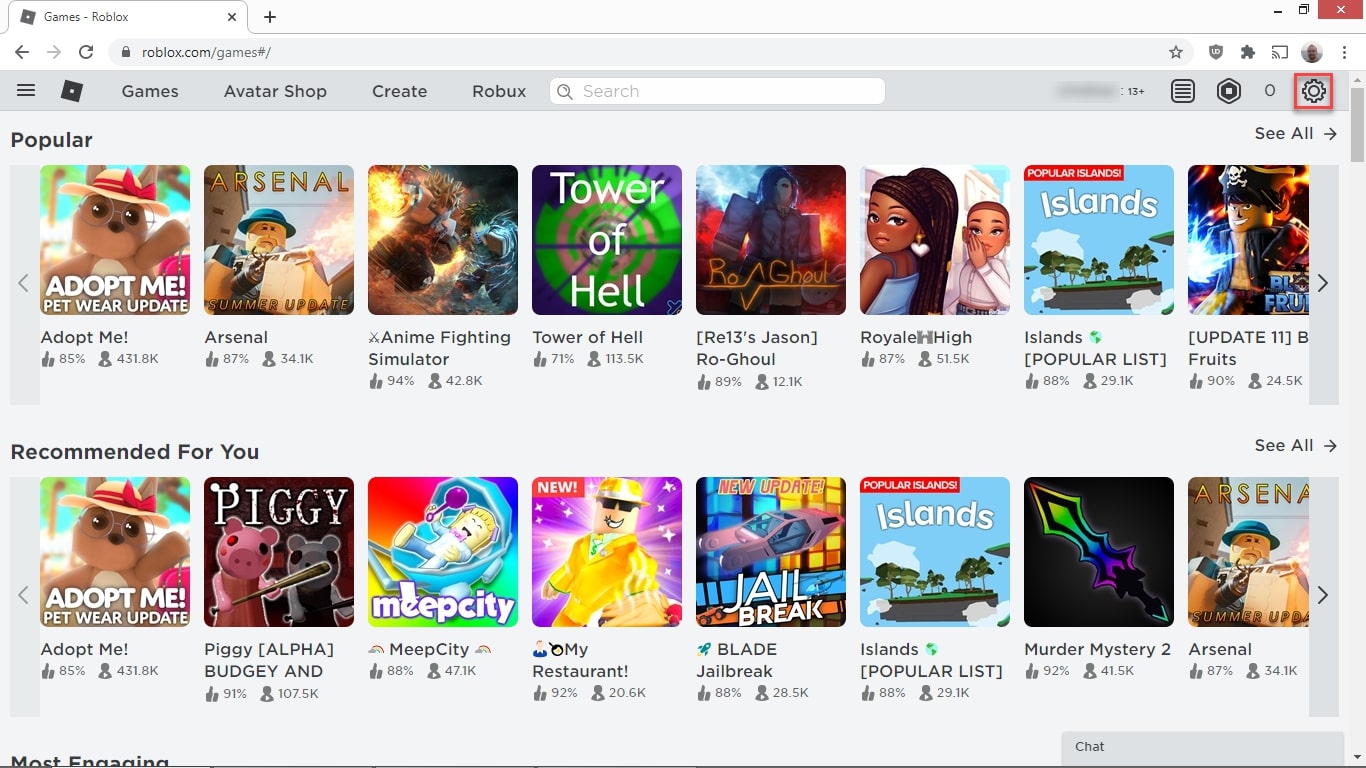Sponsored by Bark
The parent's guide to cyberbullying

Bullying is a problem on the internet, just as it is in the real world. Bullying has been a detrimental part of society for millennia, but it now takes a subtle, often unnoticed online form called cyberbullying.
Parents need to learn about cyberbullying and protect their kids from it. This is the parents’ guide to cyberbullying and how to prevent it.
Bark: Best parental control for customization
Techradar editors praise the service for its custom controls, "smarter-than-most" app content filtering, as well as SMS and email monitoring. See here for details on Bark's phones and pricing plans.
Preferred partner (What does this mean?)
What is cyberbullying, and where does it occur?
Cyberbullying involves using technology to threaten, harass, or embarrass people. It can include posting embarrassing photos, creating fake profiles to impersonate people, spreading false rumors, and sending hurtful or threatening messages.
Cyberbullying often occurs on social media apps like Instagram, Snapchat, and TikTok. It also happens on messaging apps like WhatsApp, online forums, email, and school or work platforms, among others. It’s often anonymous, which makes identifying the perpetrator challenging.
The effects of cyberbullying include loss of self-esteem, anxiety and fear, emotional harm, and loss of concentration. It’s necessary to prevent it and avoid these repercussions.
If cyberbullying does occur, it should be documented and reported to the appropriate authorities. You should also block the offenders to prevent more incidents.
The ambiguity of cyberbullying
There is no single definition of cyberbullying, although most definitions center on harassing or embarrassing people online.
Because of this murkiness, kids often don't call online harassment cyberbullying. They might use terms like "drama," even if it's the same underlying behavior.
When discussing cyberbullying with kids, allow them to identify what the problem is and get a clear picture.
This way, you won't overreact, which is what cyberbullies are often after. You need a clear picture to effectively respond to the problem.
Are young people more vulnerable to cyberbullying?
It’s hard to generalize, but young people are more vulnerable to cyberbullying than many other groups.
This occurs because young people are perceived as weaker and unable to defend themselves. They spend a lot of time around peers, and the social cliques and occasional drama can morph into cyberbullying.

How to prevent cyberbullying
Restrict technology access
Cyberbullying often occurs with frequent online interaction. When left alone, kids might venture into the risky sides of the web, such as anonymous online forums and messaging sites. This increases the chances of falling victim to cyberbullying, so you can prevent it by limiting their technology use.
You can use parental control apps to set screen time limits and block specific site categories. For instance, you can block your kid’s device from accessing anonymous messaging sites and inappropriate online forums. You can restrict daily internet use to 1 to 2 hours.
It’s not just about placing restrictions. Discuss the harmful aspects of the internet with your kids and explain why the restrictions are necessary. They should be aware of the risks of cyberbullying and why it should be avoided.

Monitor and restrict social media usage
Social media is the leading culprit for cyberbullying incidents. Apps like TikTok, Snapchat, Instagram, and Facebook allow kids to interact with strangers, which carries the risk of being cyberbullied.
You should monitor your kids' use of social media and ensure they don't interact with strangers. Some parental control apps can tell you how much time your kids spend on social media, and you can set automatic limits to form healthy habits.
Social media use may be inappropriate depending on your kid's age. But, if they must use social media, ensure parental safety features are turned on and monitor their use to prevent cyber incidents.
Learn about online platforms
You should be familiar with the online platforms your kids interact with. This familiarity helps you evaluate the risks and set practical limits.
For instance, many kids use Roblox to access fun games, but this app also has cyberbullying risks.

If your kids like this app, you can interact with it to learn about its features. Roblox has safety features, such as turning off chats and invitations to private servers. You can turn them on to increase your kids’ online safety.
Similarly, if your kids use YouTube, sign them up for YouTube Kids instead of the standard YouTube. This kid-friendly version has more privacy features, reducing the risks of interacting with strangers and getting cyberbullied. Testing your kids’ apps helps you know how to configure them for utmost safety.
How to tackle cyberbullying
Offer comfort
If your child reports a cyberbullying incident, offer comfort and praise them for speaking up. You can talk about your bullying experiences to help them relate and feel less alone.
Always let your child know that cyberbullying isn't their fault and remind them that you're in this together. Encourage them not to respond, as it worsens the situation and encourages cyberbullies further.
Reporting
You can report cyberbullying to the appropriate authorities. If it’s a school-related issue, you can report it to the school administrators.
If it’s on social media, report the offending accounts, which can result in a ban or restriction from interacting with your kid’s account.
Keep records
Document the cyberbullying for future reference. Keep screenshots of the messages, pictures, or other forms of cyberbullying.
These screenshots can be used as evidence for future investigations by schools, employers, social media moderators, or law enforcement.
Seek external help
You can seek external help from counselors or therapists for your kids. Talking with experts can help reduce the harmful effects of cyberbullying, such as feelings of shame and anxiety.
Preventing children from being cyberbullies
Parents often don’t want to think of their child cyberbullying others, but if someone is being bullied, it means someone is perpetrating the bullying. Kids should be taught the harms of cyberbullying and why they shouldn’t engage in it.
Emphasize kindness and respect when conversing online, even if they can’t see the person behind the screen.
Make it clear that severe cyberbullying can lead to consequences from you, school authorities, law enforcement, and other relevant authorities.
Teach personal standards about online communication and how these standards reflect desired ethical values.
Bullying might not be completely eradicated from society, but with parental effort, it can be reduced to the barest minimum.
Sign up to the TechRadar Pro newsletter to get all the top news, opinion, features and guidance your business needs to succeed!
Stefan has always been a lover of tech. He graduated with an MSc in geological engineering but soon discovered he had a knack for writing instead. So he decided to combine his newfound and life-long passions to become a technology writer. As a freelance content writer, Stefan can break down complex technological topics, making them easily digestible for the lay audience.

